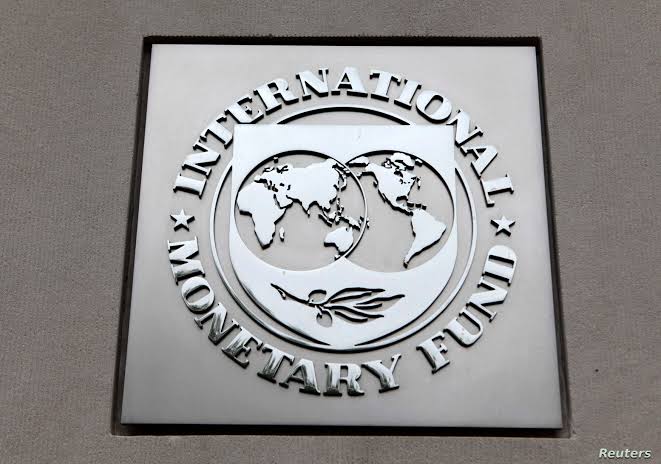The International Monetary Fund (IMF) has reported that the naira is showing signs of stability, thanks to recent interest rate hikes and the Central Bank of Nigeria’s (CBN) efforts to address foreign exchange backlogs.
This positive development is a welcome respite for Nigeria’s economy, which has faced significant challenges in recent times.
*Key Factors Contributing to Naira Stability*
– Recent interest rate hikes
– CBN’s interventions to clear overdue foreign exchange obligations
The IMF’s Global Financial Stability Report highlights the importance of these policy actions in stabilizing the currency. “Policy actions by local authorities have also resulted in positive developments; for example, in Nigeria, rate hikes and the clearing of overdue domestic central bank foreign exchange obligations have helped the naira show more signs of stability.”
Despite this progress, the naira still faces significant challenges. According to the FMDQ Exchange, the naira fell slightly from N1,653.02 per dollar on Tuesday, October 22, 2024, to N1,654.09/$ on Wednesday, October 23, 2024, representing a marginal depreciation of 0.06%. Foreign exchange turnover also dropped significantly by 22.41%, declining from $176.15m on Tuesday to $136.68m on Wednesday.
The World Bank’s latest edition of Africa’s Pulse reports that the naira was among the worst-performing currencies in Sub-Saharan Africa in 2024, with a year-to-date depreciation of approximately 43%. The Ethiopian birr and South Sudanese pound are the other weakest currencies in the region.
The CBN continues to work towards stabilizing the foreign exchange market and improving liquidity. However, the sharp drop in FX turnover reflects ongoing challenges in balancing demand and supply within the market.
As Nigeria’s economy navigates these complexities, the IMF’s positive assessment provides a glimmer of hope. With sustained efforts from the CBN and policymakers, the naira may yet regain its footing and contribute to a more stable economic future.


